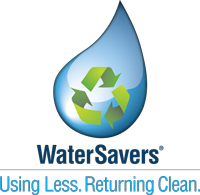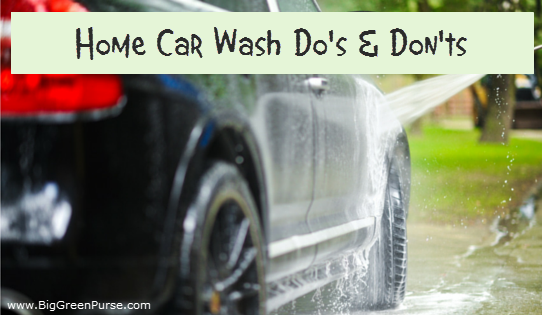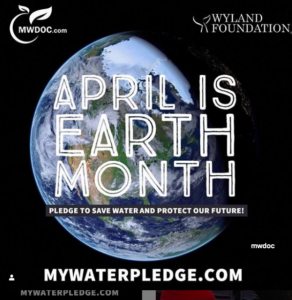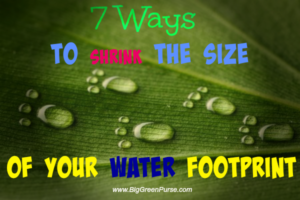If you think it’s “greener” to wash your car at home, here are three big reasons to think again.
1) Use more water. Most people who wash their cars at home do it with a rag in one hand and a hose running in the other. Depending on the flow of water coming out of the hose, you could end up using close to a hundred gallons of water to wash one car. Most automatic car washes use between 40 and 60 gallons of water per car, which still gets the job done because the water is sprayed using high-intensity nozzles that require less liquid to wash off the same amount of grime. At self-serve car washes – where customers use a coin-operated device like a spray gun to wash off their cars – water use per car may drop to as little as 12-18 gallons per vehicle.

2) Waste more water. If you wash your car on the driveway, on the street, or in a parking lot, the water you use will simply run off into the nearest sewer. A big advantage of a car wash is that it usually captures waste water, then either recycles it on the spot to re-use in the initial rinse-off cycle of the automatic wash, or sends it to a waste water treatment plant.
3) Pollute more water. Water that’s been used to wash a car can contain a wide array of pollutants. On top of all the dirt and grime on the car itself, there may also be automobile fluids, like oil, antifreeze and transmission fluid. Plus, conventional car wash detergents usually contain chemical compounds like hydrochloric acid, naphthalene, methylene chloride, sulfuric acid and phosphates. When all these chemicals run off into sewers, they ultimately end up in our waterways. They can pollute drinking water and cause problems for fish, frogs, turtles, birds and other wildlife.
Many states require commercial car washes to meet specific requirements for using water wisely. Get to know the car wash in your community and ask what steps they are taking to conserve and recycle water and to use non-toxic cleansers and detergents. Look for a car wash that adheres to the water-saving guidelines suggested by The International Car Wash Association. To be a certified WaterSaver company, the car wash must agree to limit automatic car washes to 40 gallons of potable/fresh water per car, and all water discharged must be routed to water treatment centers or a septic system. Plus, the car wash must meet all local pollution control criteria.
If you do decide to wash your car at home, be water-smart and limit pollution, too. Here’s how:
√ Don’t keep the hose running. Instead, fill a bucket with soap and water and use a sponge to wash one section of the car at a time. Rinse using a high-intensity nozzle that you can easily turn on and off. Pour dirty water down your utility sink drain or even the toilet, so it will eventually end up at a water treatment facility.
√ Park the car on gravel or a lawn, rather than on a driveway. You can minimize run-off by washing the car on a surface that can absorb the water.
√ Use non-toxic cleansers that will cut grime and grease without polluting the water. The biodegradable, fragrance-free, phosphate-free liquid soap you use to wash your dishes will do the job just as well on your car. Here are our top 10 tips for healthy, green car care.
√ Add a little “elbow” grease. Use reusable sponges with a soft scrubber surface on one side to get rid of persistent dirt and crud like bird doo without scratching the paint.
√ Wipe up the interior with fragrance-free and plant-based cleansers. Most car washes – even the ones that use water wisely – still spray industrial-grade cleansers on the inside of the car. Instead, opt for plant-based sprays that won’t give you a headache or otherwise make you ill. Leave the windows open for a few minutes after cleaning to air out the car.
Here’s More on Green Car Care:

















